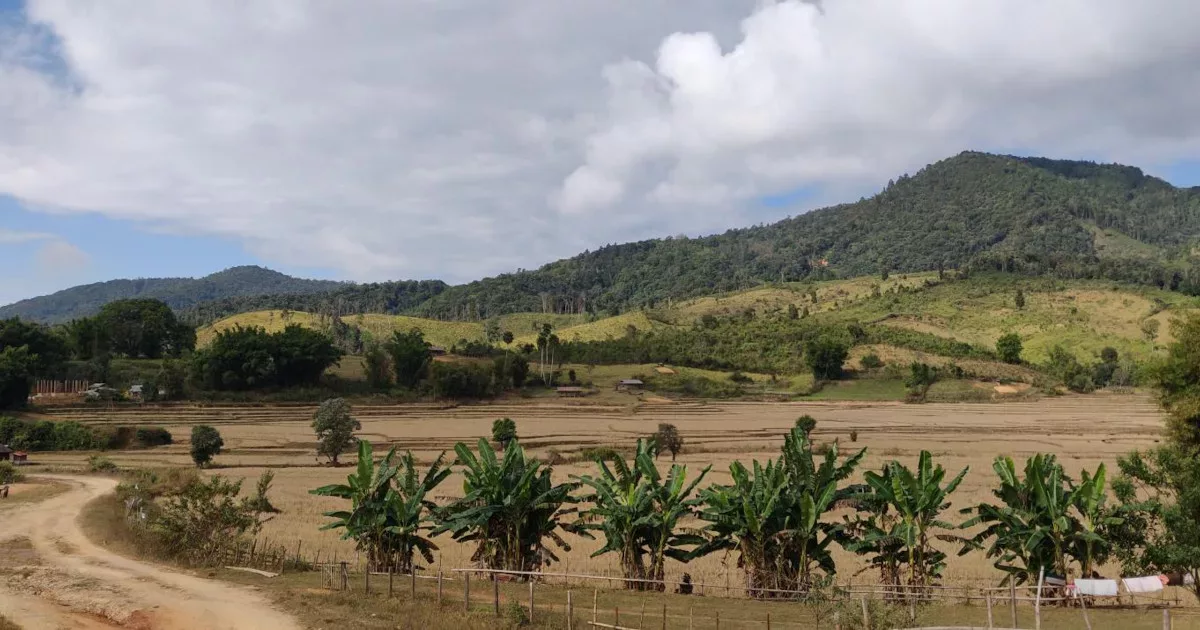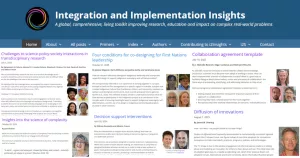Mapping agro-ecology for better assessment
An innovative approach combining fieldwork and local participation means that agroecology can be evaluated with fewer resources and comparable results

Agroecology draws its inspiration from natural ecosystems to reconcile food production, resource conservation, and improved living conditions for farmers. It is a response to the challenges posed by climate change and the erosion of biodiversity, and establishing itself as a sustainable alternative to intensive agriculture in many parts of the world.
However, its rapid development raises important questions: how to evaluate the implementation and development of agroecology in a given region? What indicators and methods should be put in place for rigorous measurement? How can they be adapted to local contexts?
IRD scientists and their partners have attempted to answer these questions with a new approach tested in three districts of Xiengkhouang Province, Laos, as part of the ASSET project.
The right balance between local and global
The most widely used agroecology evaluation methods oscillate between two main trends: one is locally rooted and participatory, the other is global and standardized. While the former offers detailed information on the local factors behind the switch to agroecology, it mobilizes intense resources, making it complicated to implement on a large scale. The second, on the other hand, categorizes farms into different types using generic indicators applicable to a variety of contexts, but limits the co-production of knowledge with local communities and misses essential regional specificities.
“Yet this subtle balance between local relevance to encourage action and the importance of generalizing results to produce syntheses on the large-scale coverage of agroecology is essential for building political advocacy aimed at donors, sustainable development actors and decision-makers”, analyses Jean-Christophe Castella, an IRD agronomist with the SENS unit.
This is why, with an interdisciplinary and international team, the researcher has developed an innovative methodology capable of rapidly providing decision-makers with empirical data to guide their policies and intervention plans.
A Participatory and Multi-Scale Approach
“The idea was to propose an alternative to existing methods that was rapid, applicable on a large scale and adaptable to a diversity of contexts, while adequately capturing the level of agroecology in the areas studied”, explains Zar Chi Aye, senior researcher at the University of Bern’s Interdisciplinary Centre for Sustainable Development and Environment (CDE), and first author of the study.
To achieve this, the team designed and tested an approach based on field observations and Focus Group Discussions with key witnesses to socio-technical change at village and district levels. These discussions were based on a set of indicators defined in consultation with local stakeholders and covering several dimensions: agronomic (crop diversity, soil cover, recycling of organic matter), economic (farm autonomy, short marketing circuits), social (collective organization, transmission of knowledge) and environmental (preservation of water and soil resources, functional biodiversity).
“Over and above village-level mapping, this multi-scale approach has enabled us to characterize the extent and intensity of agroecological transformations”, says Albrecht Ehrensperger, geographer at the University of Bern’s CDE.
Comparable results with fewer resources
One of the strengths of the methodology put in place by the scientists is that it do not rely on the aggregation of figures from different sources of information, whose collection and processing methods may be uncertain, but on the participation of stakeholders in the transformations underway. This makes it possible to go beyond a simple report on the state of agroecology and interpret agroecological scores in terms of actionable knowledge.
“In the end, our method mobilizes far fewer human and financial resources than traditional household surveys, while delivering comparable results”, says Zar Chi Aye.
A method that represents an interesting advance in the evaluation of agroecology, but which is still in its infancy and could be further improved. One of the challenges is to extend its field of application to other territories and agricultural contexts. To this end, scientists suggest to adapt indicators to local specificities by co-constructing them with those involved in the agro-ecological transition, and developing digital tools to facilitate data collection and analysis.
Indeed, the involvement of farmers and other agro-ecology stakeholders in the evaluation process remains crucial. Greater appropriation of the method by local communities would make it a real lever for supporting the agroecological transition. This would provide a snapshot of the current state of agroecology in local areas, as well as a monitoring tool to help agricultural policies implement sustainable food systems.
Louise Hurel
This article has first been published by IRD, which is a member of EHC.
SUBSCRIBE TO OUR NEWSLETTER
To stay up to date with our projects and the development of the EHC
Read more articles

Dealing with the complexity of society and environment
A global toolkit for tackling complex problems with more than 600 different methods Ever wish you had a free toolkit

The Moon & the Global South: Voices, Risks & Promise
Researchers warn that without inclusive governance, the Moon could become “a new arena for old patterns of exclusion” When rockets

Borko Furht: “AI shouldn’t be given much autonomy without maintaining accountability”
Beyond Superintelligence: The Real Challenges of Keeping Humans ‘In the Loop’ Borko Furht is a professor in the department of

The Belgrade Declaration on Science and Art for Sustainability
The Declaration was prepared as the principal outcome of the World Conference on Science and Art for Sustainability, held in